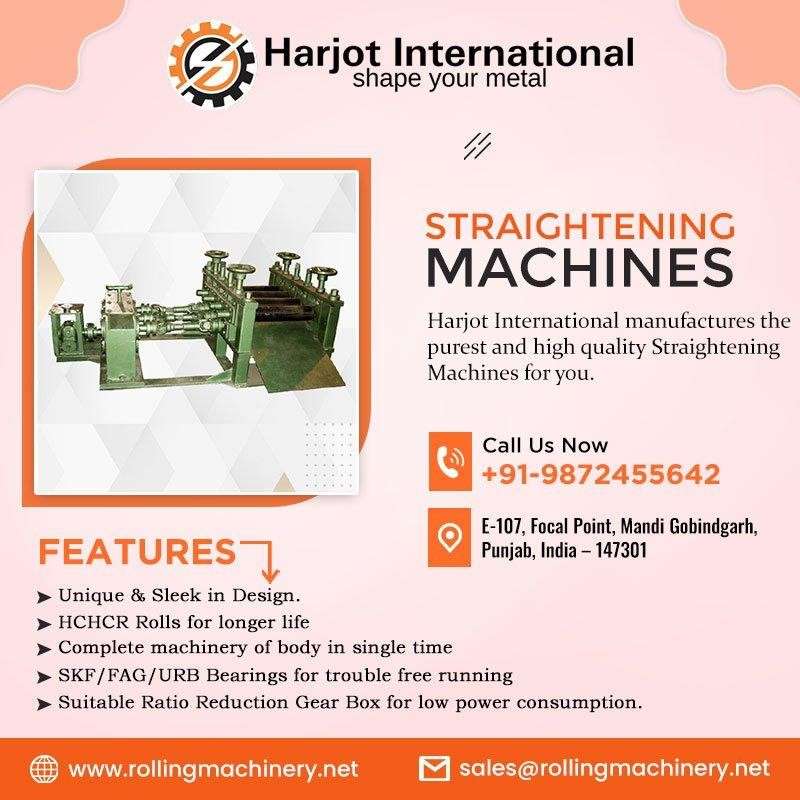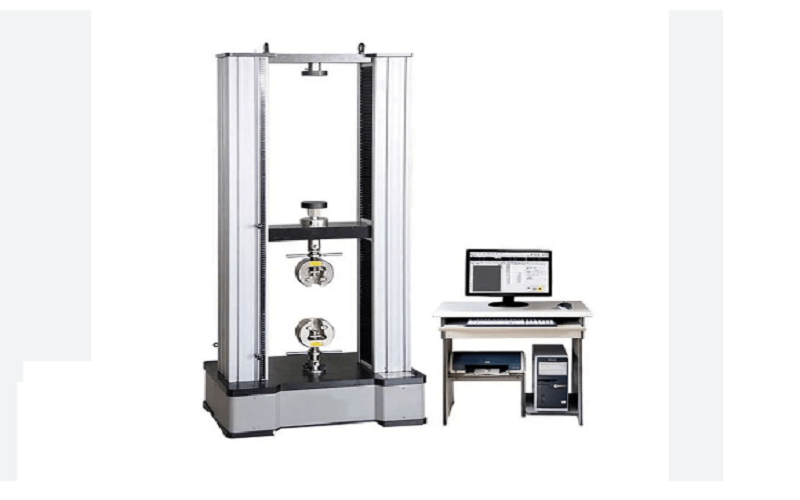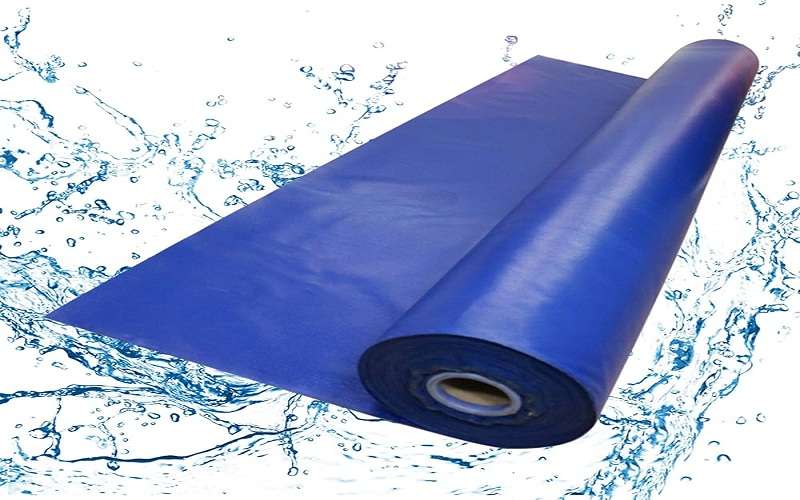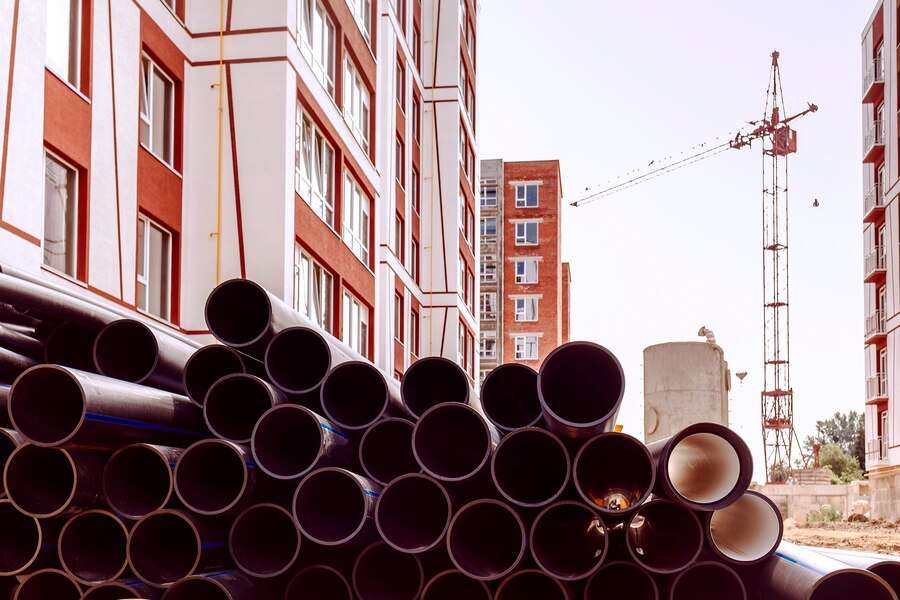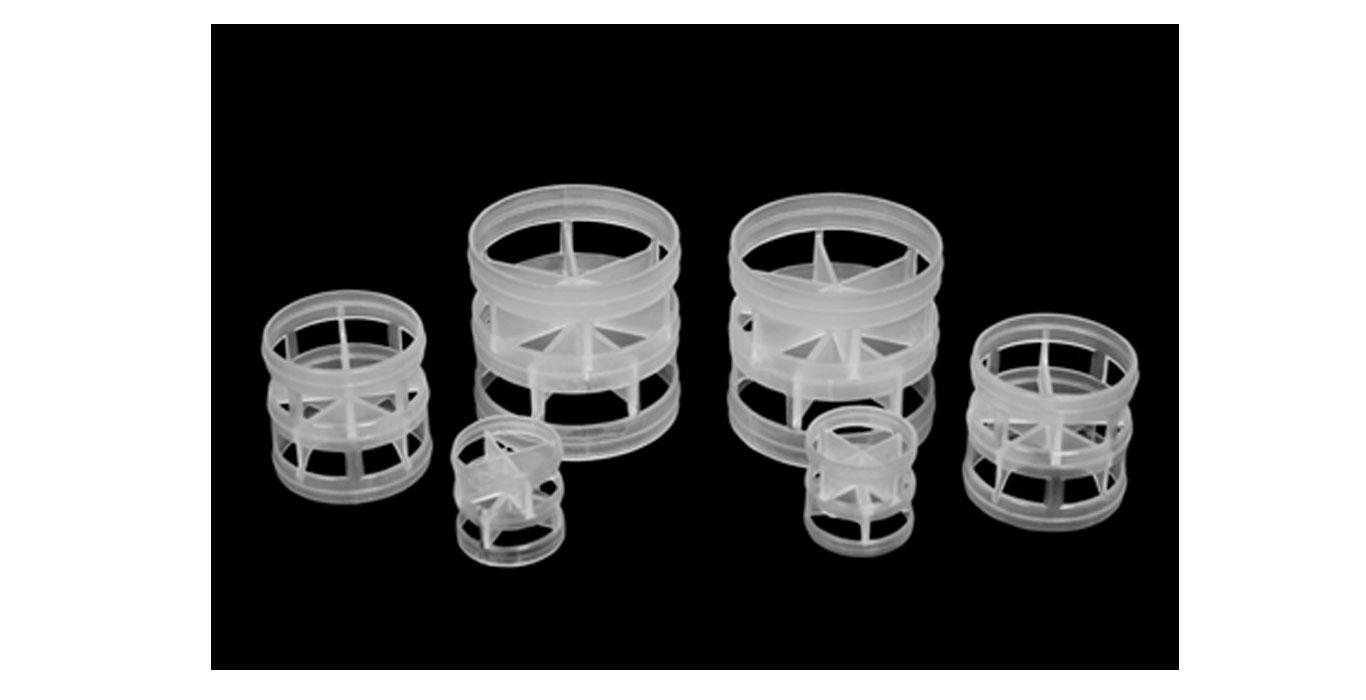Straightening machines play a crucial role in various industries to correct the deformations in materials, ensuring that they meet precise specifications. However, with a wide range of options available, selecting the right straightening machine can be a daunting task. In this guide, we’ll walk you through the essential features and considerations to help you choose the perfect straightener machine for your industrial needs.
An Overview of a Straightening Machine & Its Types
A straightening machine is a mechanical device used to straighten or align materials that may have become bent, warped, or deformed. It is commonly used in various industries such as manufacturing, construction, metalworking, and others where precise and straightened materials are required.
There are different types of straightening machines designed for specific materials and applications. Here are a few examples:
Angle/Section Straightening Machine:
- Purpose: These machines are designed to straighten angles, channels, and sections of various profiles, commonly used in construction and manufacturing.
- Working Principle: They employ a series of rollers or pressure points to apply force on the material, gradually correcting any bends or twists.
Pipe/Tube Straightening Machine:
- Purpose: Pipe and tube straighteners are used to correct bends, kinks, or distortions in cylindrical materials, commonly employed in industries like plumbing, automotive, and construction.
- Working Principle: They typically use sets of adjustable rollers to straighten the material by applying pressure on specific points along the length of the pipe or tube.
Plate/Sheet Straightening Machine:
- Purpose: These machines are used to flatten and straighten large sheets or plates of metal, commonly used in industries like shipbuilding, aerospace, and construction.
- Working Principle: They often use multiple rollers, sometimes equipped with hydraulic systems, to gradually apply pressure and correct any deformities in the material.
Wire Straightening Machine:
- Purpose: Wire straighteners are employed to straighten wires of various materials and diameters, used extensively in industries like manufacturing, construction, and electronics.
- Working Principle: They often consist of sets of rollers that rotate at different speeds, effectively straightening the wire as it passes through them.
TMT Rod/Bar Straightening Machine:
- Purpose: TMT (Thermo-Mechanically Treated) rods and bars are commonly used in construction. This machine is designed to straighten them after they have been formed.
- Working Principle: It typically employs a series of rollers or pressure points to apply force on the TMT rods or bars, gradually straightening them.
Each type of straightening machine is designed to handle specific materials and profiles. The choice of machine depends on factors such as the material type, dimensions, production volume, and required precision.
Features To Consider When Buying a Straightening Machine
When choosing a straightener machine, the following are some important features to consider to ensure you make an informed decision.
- Capacity and Size:
Determine the maximum dimensions and weight of the materials you’ll be straightening. Make sure the machine’s capacity matches or exceeds your requirements.
- Material Compatibility:
Consider the types of materials the machine is designed to straighten. Some machines may be specialized for specific materials like metal, plastic, or wood. Ensure it can handle the materials you work with.
- Adjustability and Flexibility:
Look for machines with adjustable settings for pressure, speed, and temperature. This allows you to fine-tune the straightening process to meet different requirements for different materials.
- Automation and Control Features:
Modern straightening machines often come with automation features that can enhance efficiency and precision. This may include programmable controls, digital displays, and computerized systems for accurate adjustments.
- Straightening Process:
Different machines use various methods to straighten materials, such as roller straightening, hydraulic straightening, or heat-based processes. Understand the specific process employed and how it aligns with your needs.
- Maintenance and Durability:
Consider the maintenance requirements of the machine. Opt for models that are easy to clean and maintain. Additionally, look for machines constructed from durable materials to ensure a long lifespan.
- Speed and Throughput:
Evaluate the speed at which the machine can straighten materials. This is especially crucial in high-volume production environments where throughput is a key factor.
- Accuracy and Precision:
Look for machines that offer high levels of accuracy and precision in the straightening process. This is crucial for achieving consistent results, particularly in industries where tight tolerances are essential.
- Noise and Vibration Levels:
Consider the noise and vibration levels produced by the machine. Machines with excessive noise or vibration can be uncomfortable for operators and may require additional measures for noise control.
- User-Friendly Interface:
A clear, intuitive interface makes it easier for operators to set up and use the machine effectively. Look for machines with user-friendly controls and informative displays.
- Vendor Support and Warranty:
Choose one of the reputable Straightening Machine Manufacturers in India that offers good customer support, training, and a comprehensive warranty package for the machine.
Final Words
You’ll be better equipped to choose a straightening machine that aligns with your specific requirements by considering the above features. Harjot International is one of the top Straightening Machine Suppliers in India that provides these products in a variety of sizes and capacities according to your requirements. If you want to explore our range of straightener machines, you can visit our website now.
Frequently Asked Questions
What types of materials can be straightened with a straightening machine?
Straightening machines are primarily used for metal materials, including steel, aluminum, copper, and other alloys. They can also be adapted for other materials like plastics or composites in some specialized applications.
What are the common applications for straightening machines?
Straightening machines are used in various industries, including automotive, aerospace, construction, manufacturing, and more. They are employed to correct bent or warped components such as shafts, beams, rods, pipes, and plates.
Can straightening machines handle different thicknesses of materials?
Yes, many straightening machines are designed to handle a range of material thicknesses. They often have adjustable settings or rollers to accommodate various dimensions.
How do I choose the right straightening machine for my application?
The choice of a straightening machine depends on factors like the type of material, its dimensions, the level of deformity, and the desired production volume. Consulting with a knowledgeable supplier or engineer can help in selecting the appropriate straightener.
What maintenance is required for a straightening machine?
Regular maintenance is crucial to ensure the continued performance and safety of a straightening machine. This may include checking and lubricating moving parts, inspecting hydraulic systems, and verifying the accuracy of the machine’s straightening capabilities.






